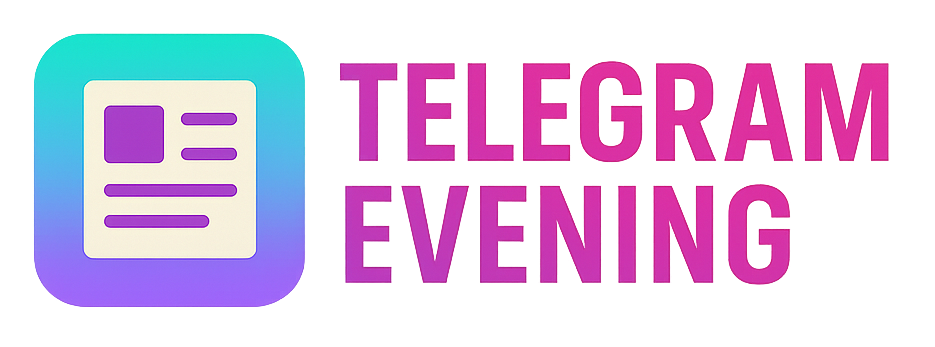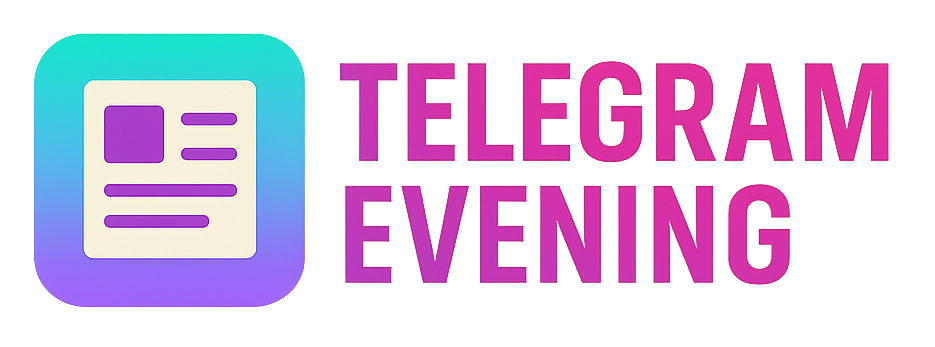Building Resilient SaaS Pricing Models for Long-Term Growth
Master pricing techniques that balance value, customer needs, and market shifts for durable SaaS success.

The Evergreen Challenge: SaaS Pricing for Lasting Success
Establishing stable, scalable pricing models remains one of the most enduring challenges for SaaS businesses. Pricing must adapt over time to customer needs, market fluctuations, and product evolution without alienating users or sacrificing revenue.
Solution One: Value-Based Tiered Pricing Framework
This framework focuses on segmenting customers by the value they receive, creating flexible tiers aligned with usage, features, and support. Key steps include:
- Conduct deep customer value analysis using surveys and usage metrics.
- Define 3 to 5 distinct tiers reflecting incremental value and price.
- Regularly reassess tiers to incorporate feature additions and market changes.
- Integrate automated usage tracking to inform transparent pricing adjustments.
Implementation Example:
<!-- Example: Tiered pricing configuration JSON for automation -->
{
"tiers": [
{ "name": "Basic", "price": 29, "features": ["Core API access", "Email support"] },
{ "name": "Professional", "price": 99, "features": ["Advanced API", "Priority support", "Usage analytics"] },
{ "name": "Enterprise", "price": "Custom", "features": ["Dedicated support", "Custom SLA", "On-premise deployment"] }
]
}
Solution Two: Usage-Based Pricing with Predictive Analytics
Usage-based pricing aligns cost directly with customer consumption, promoting fairness and adaptability. By layering predictive analytics, businesses can forecast usage trends to optimise pricing and capacity planning.
- Implement real-time metering instrumentation within your SaaS platform.
- Integrate machine learning models to analyse historical usage and predict future demand.
- Apply dynamic pricing adjustments or offer credits during low usage periods.
- Maintain transparent dashboards to improve customer trust and engagement.
<!-- Sample pseudo-code snippet illustrating usage tracking logic -->
function trackUserUsage(userId, resourceUnits) {
const currentUsage = getUserUsage(userId);
const updatedUsage = currentUsage + resourceUnits;
updateUsageRecord(userId, updatedUsage);
calculateBilling(userId, updatedUsage);
}
Engagement Blocks
Did You Know? Over 70% of SaaS companies face churn primarily due to pricing misalignment with customer value, underscoring the need for adaptive, transparent pricing models.
Pro Tip: Continually solicit customer feedback on pricing perceptions during onboarding and renewal cycles to uncover hidden value opportunities and dissatisfaction triggers.Q&A: How often should SaaS pricing be reviewed? At minimum, conduct a pricing review quarterly, or more frequently if rapid product changes or market volatility occur.
Evening Actionables
- Audit current pricing structure for alignment with actual customer value delivered.
- Implement usage monitoring to gather data for tier optimization or usage-based billing.
- Create a transparent pricing dashboard to increase customer trust and reduce churn.
Related Reading
For the architecture perspective complementing pricing, see our piece on Building Future-Proof SaaS Platforms with Modular Microservices Architecture.
Further Reading
Pricing strategies should also consider economic forecasts and regulatory impacts. For authoritative UK market context, consult UK Government price-setting guidance.





Comments ()